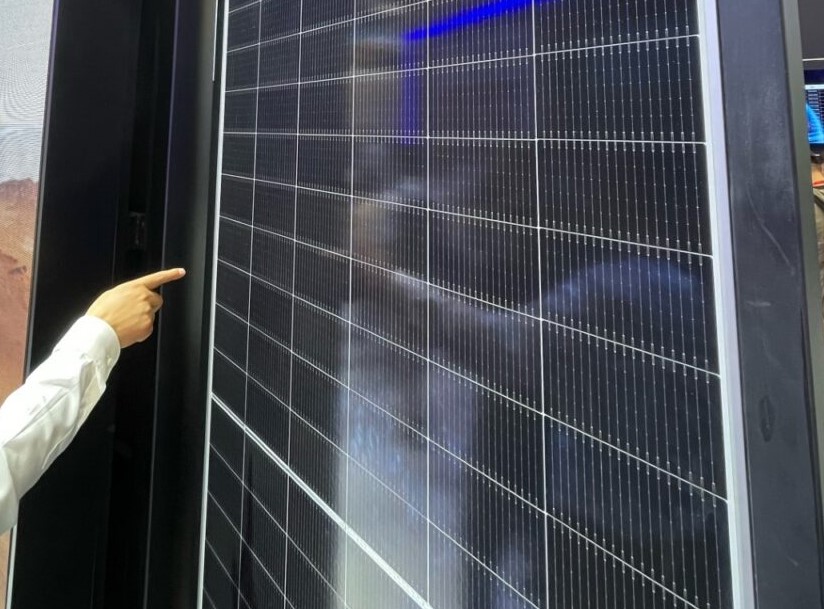Chinese solar module manufacturer Longi has revealed it achieved a power conversion efficiency of 34.85% for a two-terminal tandem perovskite solar cell.
The U.S. Department of Energy’s National Renewable Energy Laboratory (NREL) certified the result, which represents a world record for this cell typology.
The previous record was held by Longi itself, which achieved a 34.6% efficiency for a device with the same configuration in September, when the manufacturer published a scientific paper describing in detail the cell design, which was originally unveiled in November 2023.
Longi’s result is also the first reported certified efficiency exceeding the single-junction Shockley-Queisser limit of 33.7% for a double-junction tandem solar cell.
In September, Longi’s research team explained that the cell was based on a bilayer interface passivation strategy that reportedly maximizes both electron transport and hole blocking. This is achieved through the incorporation of a thin lithium fluoride (LiF) layer and the deposition of short-chain ethylenediammonium diiodide (EDAI) molecules.
“Thicker LiF layer may help improve the passivation, but come with a considerable undesirable resistive loss,” the researchers said at the time. “Nevertheless, EDAI molecule can chemically passivate the unpassivated areas that are not contacted by the LiF layer, forming nanoscale localized contacts at perovskite/C60 interface, which can provide an optimal tradeoff between passivation and charge extraction.”
The researchers added they were able to achieve “better” structural coupling between the perovskite top cell and the crystalline silicon bottom cell through a patented technology for silicon heterojunction solar cells with an asymmetric textured surface. “The front surface of this silicon cell has a fine textured surface, facilitating the solution-based preparation of perovskite film, while the rear surface of the silicon cell uses a standard large size textured surface to achieve better passivation and infrared spectral response,” they stated.
Thanks to the LiF/EDAI bilayer was responsible for increasing the device’s open-circuit voltage and fill factor, which reached values of 1.97 V and 83.0%, respectively, as it suppressed interfacial recombination coupled with more efficient charge extraction at the electron transport layer (ETL) interface.
The research work received strong support from Suzhou University, Huaneng Clean Energy Research Institute, and the Hong Kong Polytechnic University (HKPU).
This content is protected by copyright and may not be reused. If you want to cooperate with us and would like to reuse some of our content, please contact: editors@pv-magazine.com.









By submitting this form you agree to pv magazine using your data for the purposes of publishing your comment.
Your personal data will only be disclosed or otherwise transmitted to third parties for the purposes of spam filtering or if this is necessary for technical maintenance of the website. Any other transfer to third parties will not take place unless this is justified on the basis of applicable data protection regulations or if pv magazine is legally obliged to do so.
You may revoke this consent at any time with effect for the future, in which case your personal data will be deleted immediately. Otherwise, your data will be deleted if pv magazine has processed your request or the purpose of data storage is fulfilled.
Further information on data privacy can be found in our Data Protection Policy.